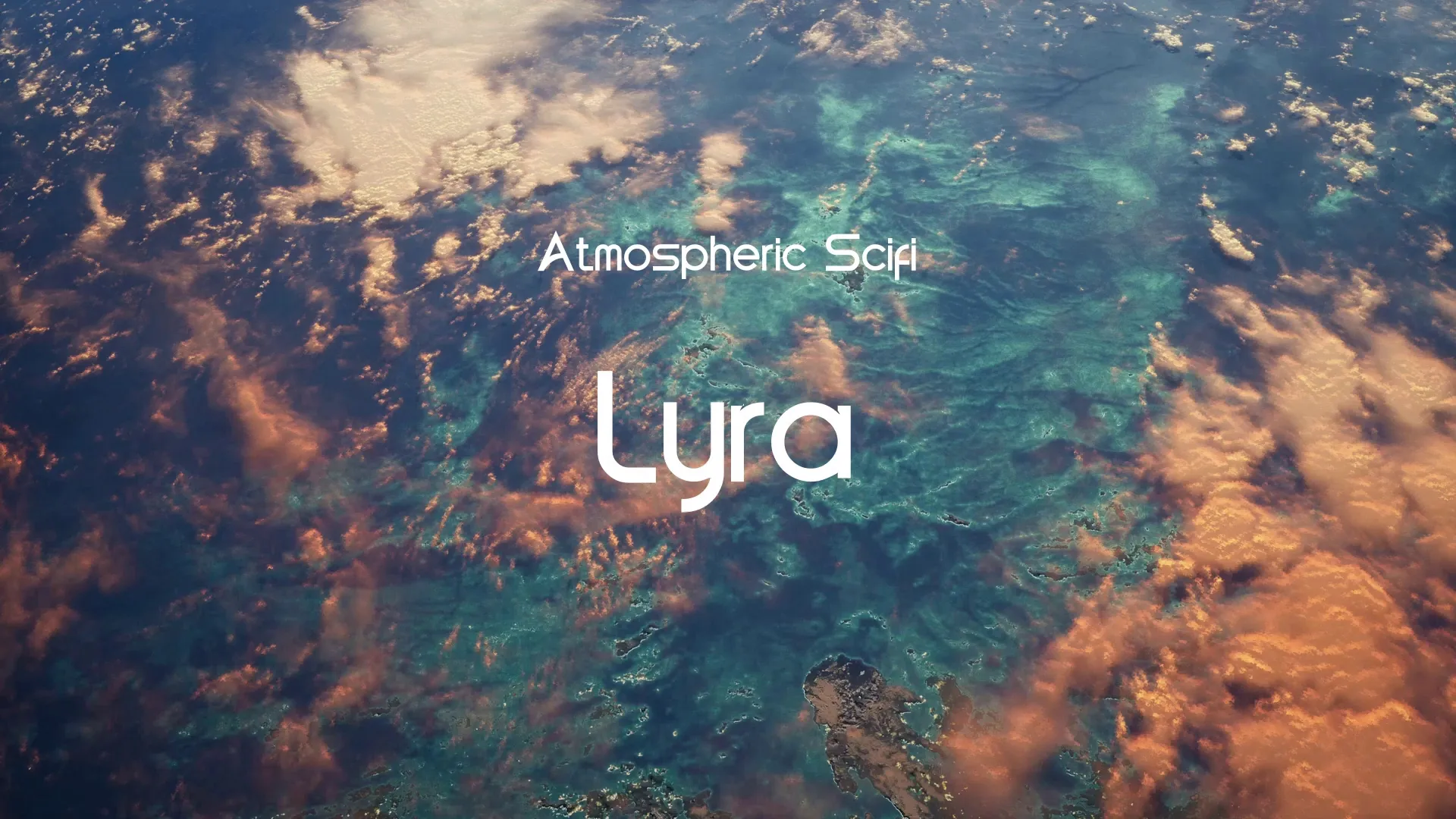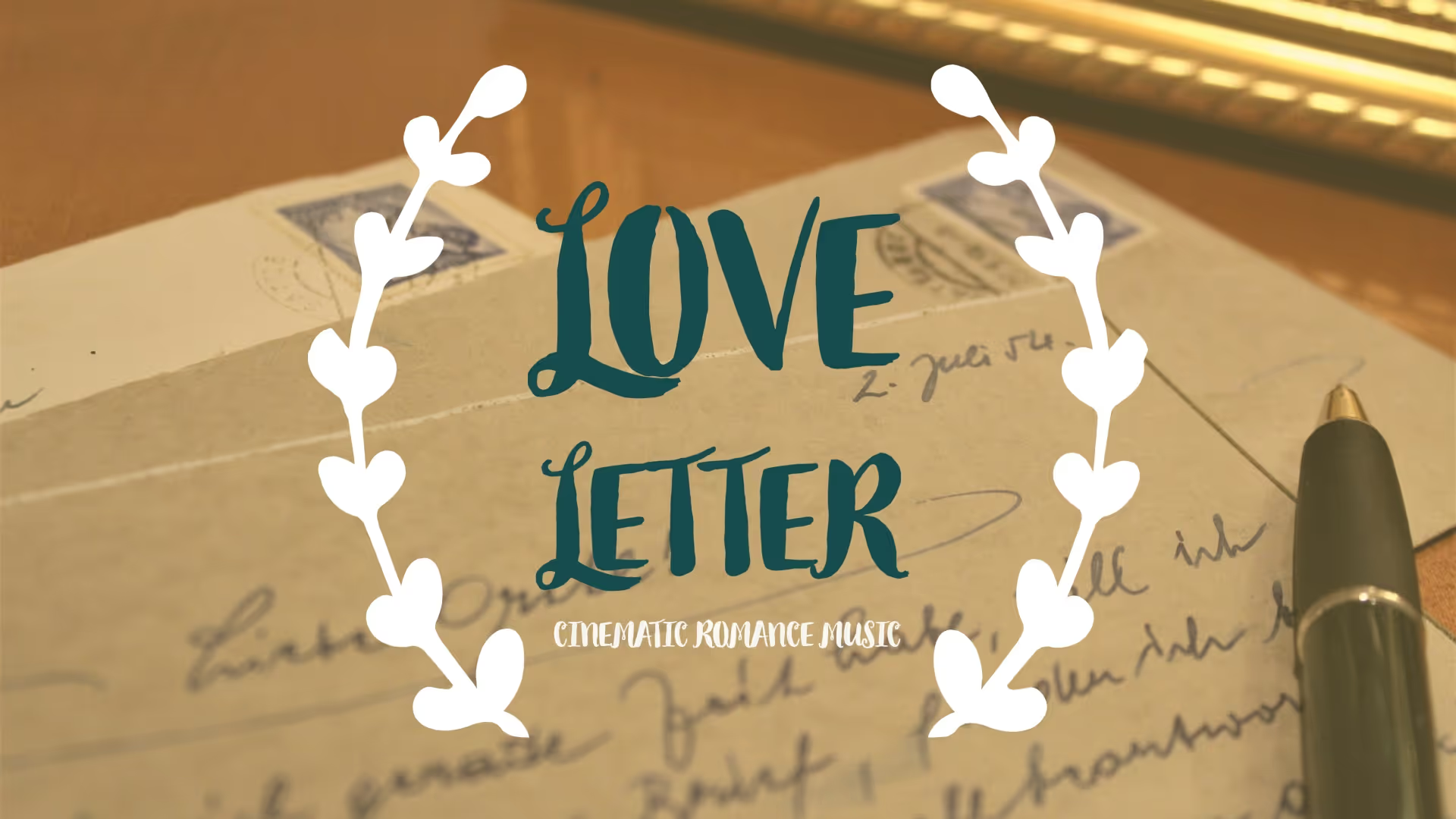How to Get Game Press Coverage: A Developer's Guide to Media Outreach
Securing press coverage for your indie game can feel like an insurmountable challenge, but it is a critical step for visibility and success. Many developers focus solely on development, overlooking the strategic effort required for media outreach. This guide outlines a direct approach to getting your game noticed by journalists and influencers.
Preparing for Outreach: Your Game’s Public Face
Before contacting anyone, ensure your game is presentable. This means having high-quality assets and a clear message. Your game’s press kit is your primary tool; it should include screenshots, GIFs, trailers, logos, and a concise one-sheet summarizing your game.
Develop a strong elevator pitch that clearly communicates what your game is, its unique selling points, and why it matters. This message will form the core of all your communications. Consider how your game stands out in a crowded market.
Your online presence is equally important. Maintain an up-to-date website or a dedicated devpage where journalists can easily find all necessary information. A professional online hub consolidates your work and makes a strong first impression. You can easily create a professional portfolio to showcase all your games with Wayline’s Devpage.
Identifying Your Targets: Who to Pitch To
Not all journalists are created equal. Research publications and individual writers who cover games similar to yours. Look for outlets that genuinely review or feature indie titles and have an audience that aligns with your game’s demographic.
Personalize your list of contacts. A targeted approach is far more effective than a mass email blast. Understand each journalist’s beat and recent articles to tailor your pitch effectively. This shows you’ve done your homework and respect their time.
Crafting the Perfect Pitch: Standing Out
Your subject line is crucial; it needs to be clear, concise, and compelling. Avoid generic phrases like ‘New Game Announcement.’ Instead, highlight a unique aspect or a key hook that will grab attention immediately.
The body of your email should be brief and to the point. Introduce your game, state its core mechanics or genre, and explain why it’s newsworthy for their audience. Attach your press kit or provide a direct link to it.
Include a strong visual element early in your email, such as an embedded GIF or a link to your trailer. Visuals are often the first thing a journalist sees and can instantly convey your game’s appeal. Consider providing exclusive content or a limited-time demo key to incentivize coverage.
The Timing of Your Outreach: When to Connect
Timing can significantly impact your success. Pitching too early, before you have a solid demo or compelling visuals, can lead to your game being overlooked. Conversely, waiting too long, after launch, can miss the initial hype window.
The sweet spot is often when you have a playable demo, a clear launch window, or a major milestone like a Kickstarter campaign or participation in a major event. For instance, preparing for significant events like game jams can be a great way to generate early buzz, as discussed in 10 Biggest Game Jams in 2025: Dates, Themes, and How to Prepare.
Avoid sending pitches on weekends or late at night. Mid-week mornings are generally considered the best times to ensure your email is seen when journalists are actively working through their inboxes.
Following Up Effectively: Persistence Without Annoyance
Journalists receive hundreds of emails daily, so a single pitch often gets lost. A polite follow-up email a few days after your initial contact is perfectly acceptable and often necessary. Keep it brief, reiterate your main points, and ask if they had a chance to look at your previous email.
Create a free account, or log in.
Gain access to free articles, game development tools, and game assets.
.webp)
.webp)





















